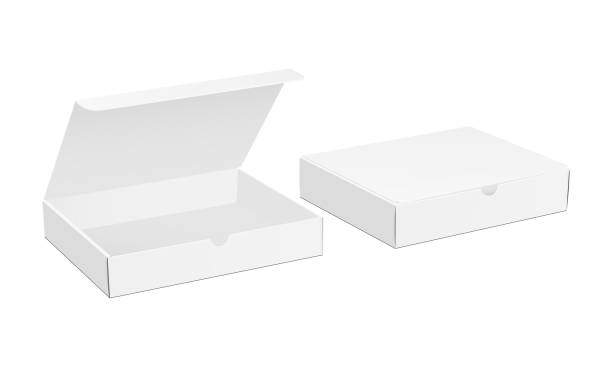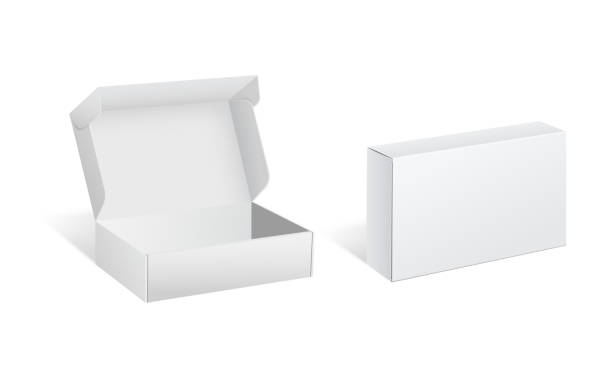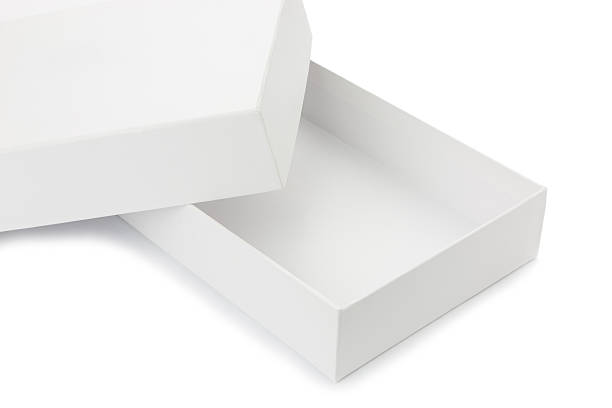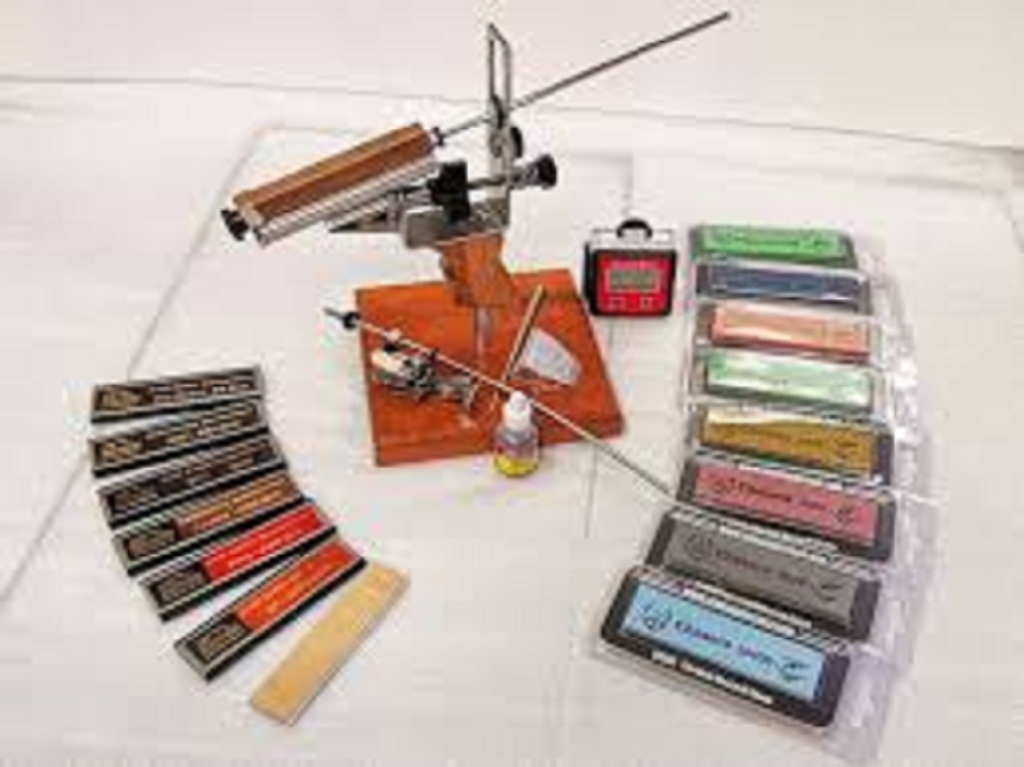The Luxury of Paper in Enhancing Brands: The Texture and the Finish
Just close your eyes and imagine the delivery of a package that will feel as good as it will look. This is the beauty of the custom paper box packaging, where a sheet of paper is a silent ambassador, and it communicates with the words quality, care, and even whims. There is no exaggeration to note that the glorious diversity of paper can utterly change the perception of the brand. And this is because touch affects trust.

This is where texture and finish comes in much more than most people know about. Have you ever held an ugly trashy recycled card that almost screams, earth conscious, or a butter cool box that accentuates with its hushed tones of luxury? They both began with pulp, the voyage transformed them into messengers. It is more than just being aesthetic when it comes to the options, such as matte, gloss, linen, or natural Kraft. A finish has a story to tell and the selection of the right story makes a difference between the brands in the busy market environment.
Paper Choices: It is What Counts
Smooth, Gloss, Satin- Oh My!
A break down. Soft finishes slide across your fingers good ones for the striking color inks and new brands. Gloss is the glitz that screams, almost out loud, Hey, boom, I am a looker when I am under retail lights. In the middle is satin, which is a little bit more sophisticated than brands that are more interested in classicism, but not in flash.
Kraft paper, in its turn, feels earthy and sincere. It is tough and modest, accompanied by not always bleached and environmental. Ideal among those corporations in search of a sustainability message as catchy as its logo.

However, don not forget about touch finishes such as: linen or embossed surfaces. The surfaces are treated and this creates depth, literally. Simply touch an embossed design and you are going to remember it. Such recallability is gold, particularly in the high-value goods.
Perception and Psychology
The Reason Why Texture causes Emotions
It seems crazy, but this can be supported by science. According to research conducted by Journal of consumer psychology, tactile packaging helps a great deal in making consumers be more emotionally attached to products and brands. It is possible to remind findings of excitement, comfort or reliability, with subtle ridges or soothing textures. Our lizard brain is slightly connected to a feeling of value. Is there any particular reason that luxury chocolates and technological gizmos would seldom be packed in rather flimsy cartons? Color associates packaging to what the package contains, and the texture is the handshaking before greetings.
Finish as a Differentiator
Brands that desire to penetrate the clutter are now spending huge in special finishes. As well as logos that pop out of the page using spot UV and velvetty soft-touch finishes. Foil stamping? Your ticket to the plane of bling-bling: that works very well with special, limited-edition, and gifting products.
Interestingly, it seems that beauty and electronic market brands are opting for paper-based finishing, as a substitute to plastic, attempting to replicate the touch of thicker and less eco-friendly material. Let us take Apple. Their packages possess certain weight and roundness. It creates a mood before it opens the box. The sensory memory lingers even when the use of the product has already followed.
Bulk Paper Packaging Economics
Why In Weight, Bulk Makes Cents (and Sense)
Let us change gears to the biscuit-and-beans of business, cost. Placing a paper packaging order, particularly, large quantities is like a wet chalkboard cloth on a blackboard. Here’s why:
Economies of Scale: 80 percent of the cost of manufacture is setup the cost of designing, calibrating the press, getting materials. Make it 50 boxes and the unit price is grim. More than 5,000? That set up fee is quickly diluted sometimes up to 70 percent. Smithers Pira estimates that overall saving can amount to 40 percent with high-volume order of paper boxes.
Material Efficiency: Bulk orders enable the manufacturers to order the materials in large quantities, and in most cases, with high discounts. It is like a warehouse club mentality, we wish that we could have a lower price but we have to buy more.
Less Shipping per Unit: It is pure physics. Boxes come on pallets shipped at freight rates where cost per item is reduced drastically as compared to shipping out mini lots.
Reliability in Quality: by working in large runs, variabilities are reduced. The finish stays truer, the color match is right and the texture holds up in each and every box.
Green together with Economical Ease
Mass Orders- Green than you think
This is food for thought. Packaging of large orders of papers can be friendlier to the planet. How? Fewer materials in configuration, and better use of materials. Most suppliers reuse their bulk orders scraps and trim to make secondary products, in other words, inserts or fillers.

Responsible sources of wood or recycled fibers are also used to produce paper more and more. And because fewer resources are utilized when considering output in the case of bulk orders, the carbon footprint has a nose dive. In a 2023 report, the Sustainable Packaging Coalition pointed out that large orders would cut CO2 emissions per box by up to a quarter as compared to regular one-time purchases.
Customization- No Need to Break the Bank
Current Methods Of Printing
Before now, customization would add piles to invoices. In smallish production runs now, digital printing, die-cut and even coating techniques add custom touches such as branded embossing without the expense formerly dominating such operations in huge volumes. Of course, small lot runs still have a premium, but when the runs number more individual units than a few hundred, then the cost-per-box is sometimes overshadowed by the value added as perceived.
It implies that now the startups, the sellers at Etsy, and the boutique brands can afford to equalize the score. You do not need to be a fortune 500 organization to have pop on your packaging.



